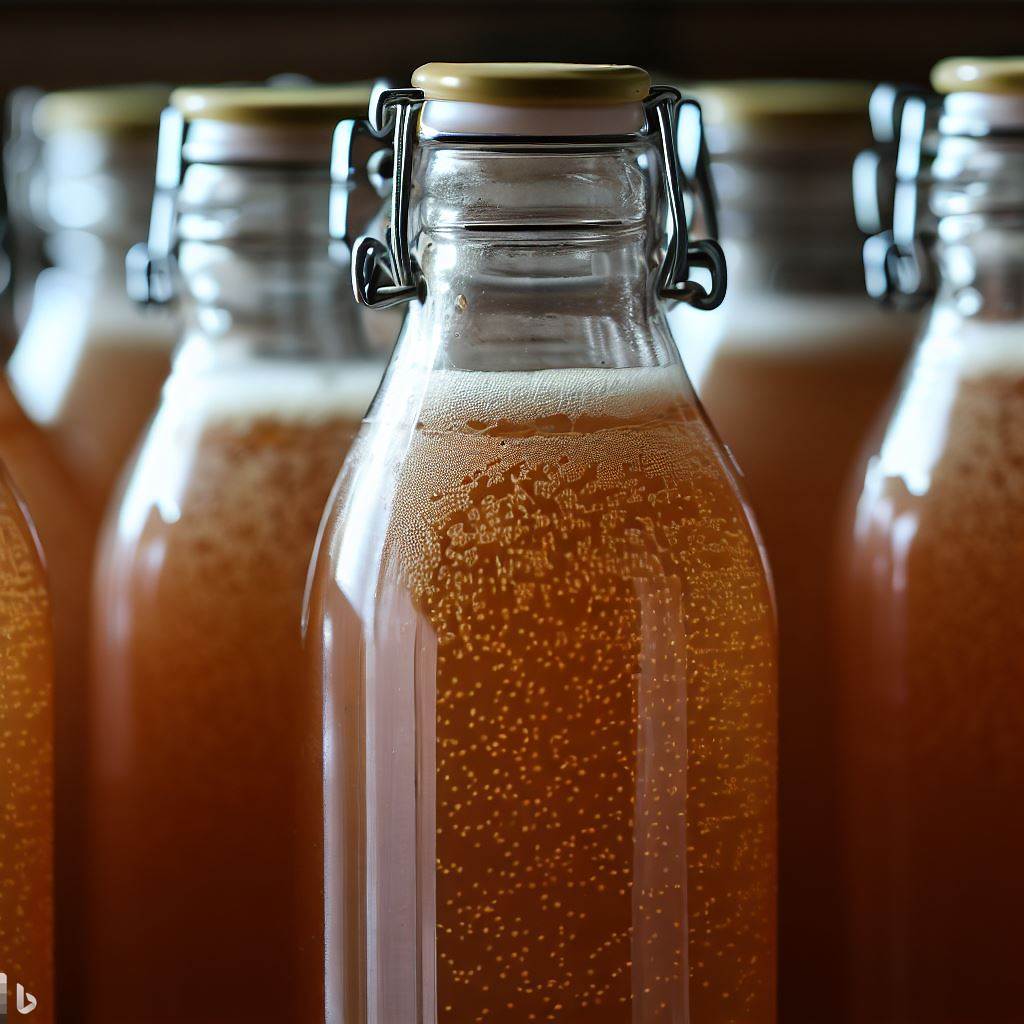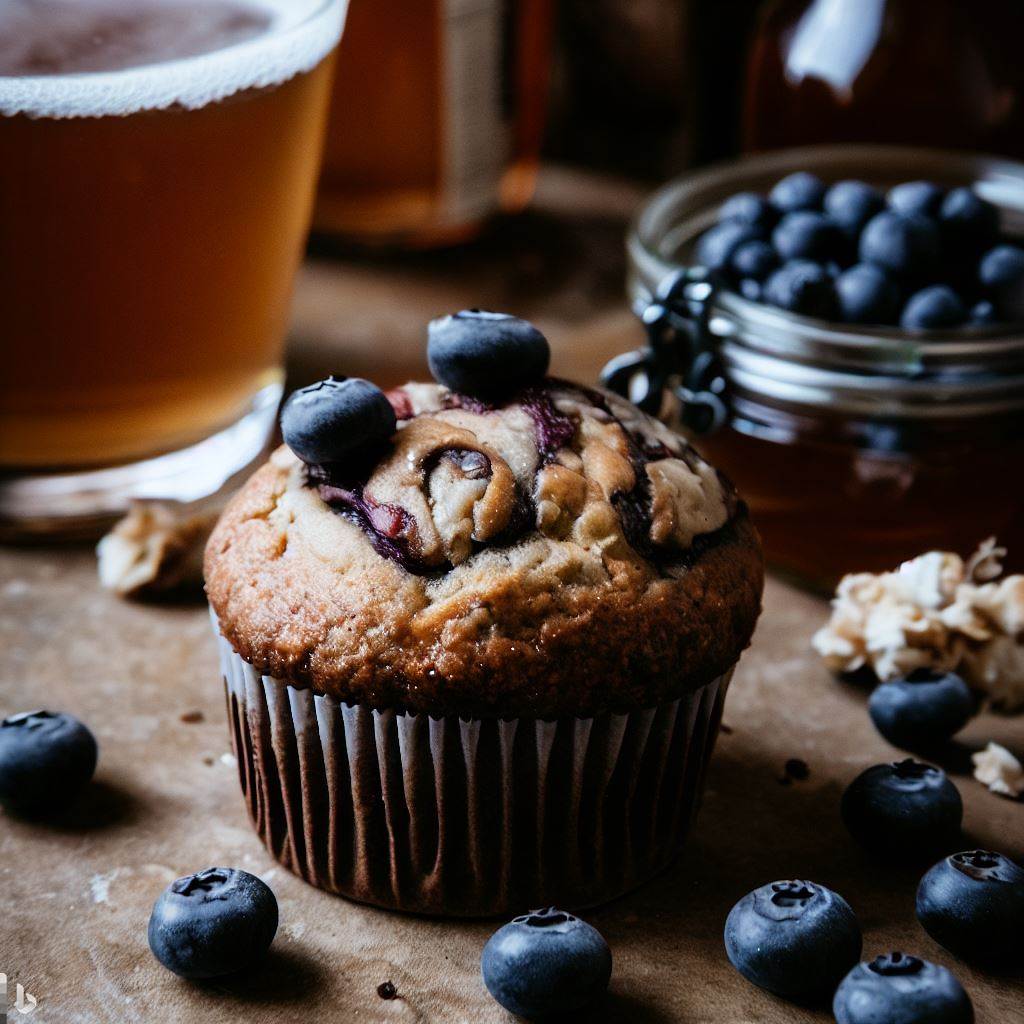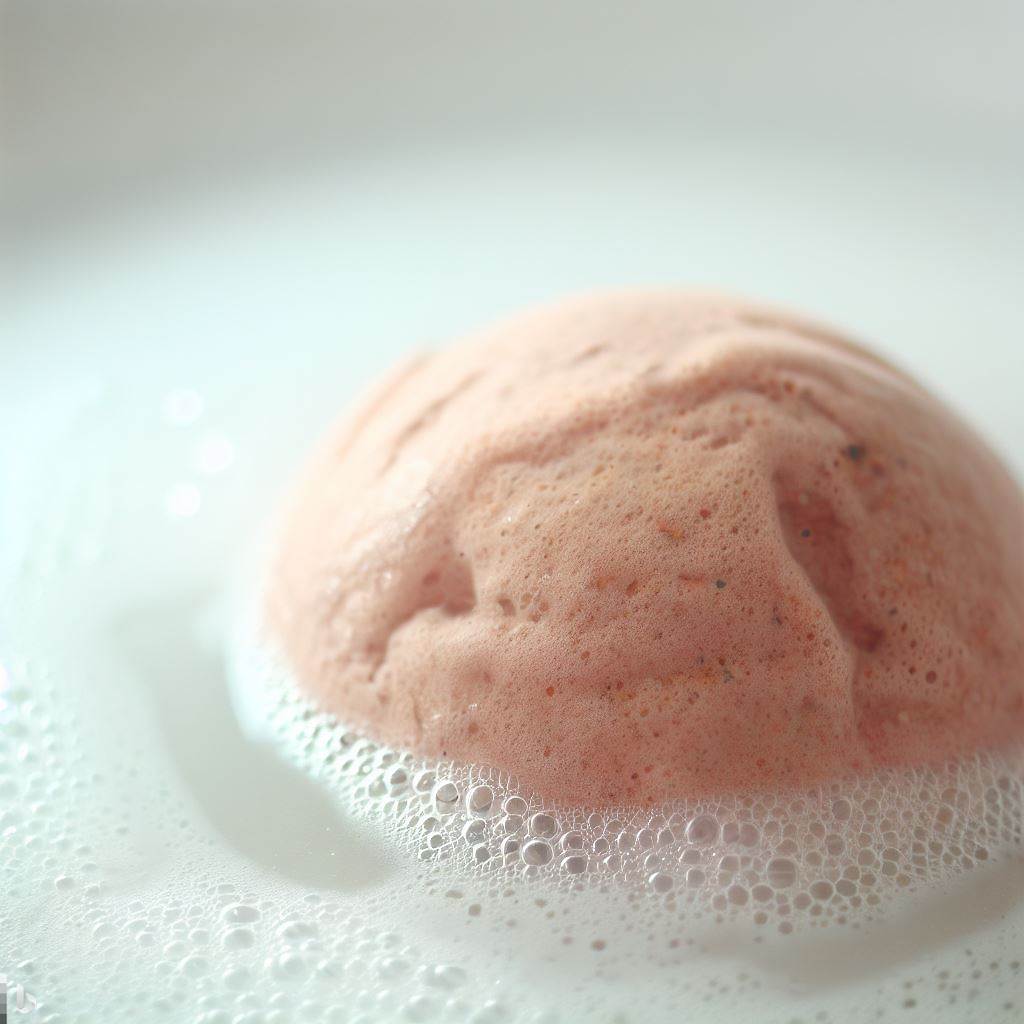Unveiling the Mystery: Exploring the Stringy Particles in Kombucha During Fermentation
As kombucha continues to gain popularity as a healthful and refreshing beverage, many enthusiasts have noticed the presence of stringy particles in kombucha floating in their brew during the fermentation process. These particles can be a source of curiosity and concern for kombucha brewers and consumers alike. In this blog post, we will delve into the world of kombucha fermentation and shed light on what those particles are, their significance, and their impact on the final product. So, let’s embark on this fascinating journey!
Understanding the Particles in Kombucha Fermentation
- Yeast Sediment:
During the fermentation process, yeast plays a vital role in converting sugars into alcohol and carbon dioxide. As a natural byproduct of yeast activity, yeast sediment forms at the bottom of the brewing vessel. These tiny particles are often visible as a layer or cloudiness in the kombucha. While some brewers may find this sediment unappealing, it is a normal occurrence and a sign that fermentation is taking place. - Cellulose Pellicle (SCOBY):
The most prominent particle in kombucha fermentation is the cellulose pellicle, also known as the SCOBY (Symbiotic Culture of Bacteria and Yeast). The SCOBY forms a thick, rubbery layer on the surface of the brewing liquid. It consists of a network of bacteria and yeast that work together to ferment the tea and convert sugars into beneficial acids. The SCOBY not only aids in the fermentation process but also acts as a protective barrier against harmful bacteria. - Carbonation Bubbles:
As fermentation progresses, carbon dioxide is produced as a natural byproduct. This carbon dioxide creates effervescence and gives kombucha its characteristic fizziness. The bubbles of carbonation can sometimes appear as small particles suspended in the liquid. These bubbles are harmless and contribute to the refreshing mouthfeel of the finished kombucha. - Tea Residue:
Kombucha is typically brewed using tea leaves, which can leave behind small particles or sediment in the liquid. These tea residues are harmless and do not affect the quality or taste of the final product. They can be strained out before bottling if desired, but many brewers choose to leave them in for added flavor complexity.
The Significance of Particles in Kombucha Fermentation
- Indicator of Fermentation (good):
The presence of particles, such as yeast sediment and the SCOBY, is a positive sign that fermentation is occurring. These particles indicate that the bacteria and yeast are actively converting sugars into beneficial acids and creating the unique flavor profile of kombucha. They are a visual representation of the living culture at work. - Flavor Development (better):
The particles in kombucha fermentation contribute to the development of complex flavors. The yeast sediment and SCOBY introduce various strains of bacteria and yeast into the brew, each adding its own unique flavor characteristics. These particles act as catalysts for the fermentation process, resulting in the tangy, slightly sweet, and sometimes vinegary taste of kombucha. - Health Benefits (best):
The particles in kombucha fermentation are not only responsible for flavor development but also play a crucial role in the creation of beneficial compounds. The SCOBY, in particular, contains probiotics, organic acids, and enzymes that contribute to the potential health benefits of kombucha. These particles enhance the gut-friendly properties and antioxidant content of the final product.
Conclusion
In conclusion, the particles observed during kombucha fermentation, including yeast sediment, the SCOBY, carbonation bubbles, and tea residue, are all integral components of the brewing process. They signify the active fermentation and flavor development taking place. These particles contribute to the unique taste, texture, and potential health benefits of kombucha. Understanding their significance can help brewers and consumers appreciate the complexity and artistry behind this ancient fermented beverage.
So, the next time you spot those stringy particles in kombucha you are brewing, embrace them as a testament to the living culture within and the transformative power of fermentation. Got over your fear of the particles in kombucha? Brew some now with our quickstart guide!
Sources:
- “What Are Those Floaty Things in My Kombucha?” The Kitchn
- “Kombucha: A Systematic Review of the Empirical Evidence of Human Health Benefit.” Annals of Epidemiology







